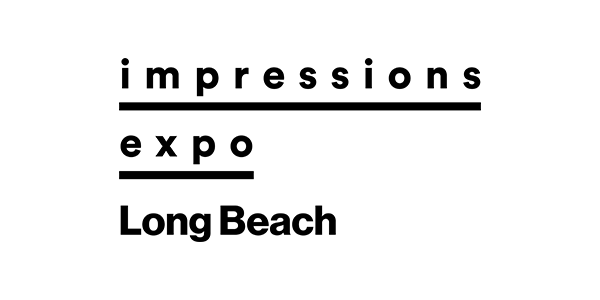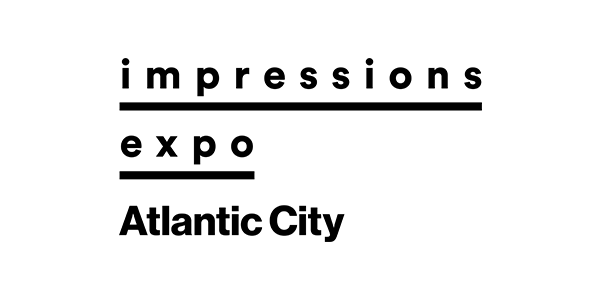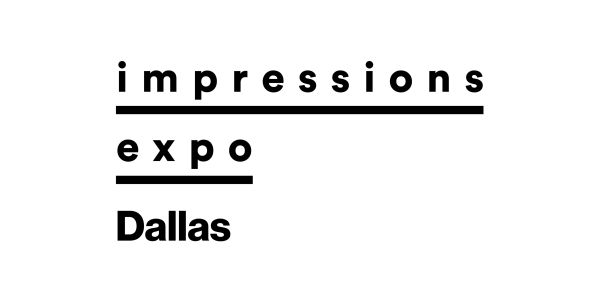The Biden-Harris administration has announced reforms that will further increase the flow of capital to the smallest businesses, especially self-employed individuals and minority- and women-owned businesses.
More than 98% of approved Paycheck Protection Program (PPP) loan applications come from businesses with fewer than 20 people, according to data recently released by the Small Business Adminisration (SBA). As such, policy changes include:
• Instituting a 14-day loan-application period, starting Feb. 24, that is exclusive to companies with fewer than 20 employees;
• Giving sole proprietors, independent contractors and self-employed individuals more financial support by revising the loan-calculation formula for these applicants and setting aside $1 billion within PPP funding for businesses without employees located in low- and moderate-income areas;
• Eliminating a restriction that prevents small-business owners with prior non-fraud felony convictions from obtaining PPP funding. The administration will adopt reforms in the PPP Second Chance Act that is currently pending in Congress that eliminate the one-year look-back.
• Ending a restriction that prevents small-business owners who are delinquent on student loans from obtaining PPP relief.
• Permitting access for non-citizen small-business owners who are lawful United States residents by letting them use Individual Taxpayer Identification Numbers (ITINs) to apply for PPP funding.
The Biden-Harris administration also is taking steps to enhance the PPP-application process to ensure accountability by instituting fraud checks, and requiring approval after passing the Treasury’s “Do Not Pay” database and public records. The SBA now also conducts manual loan reviews or the largest loans in the PPP portfolio and a random sampling of other loans.
The SBA is working to improve the PPP loan application, streamline the process and encourage self-reporting of demographic data. It also is updating its website to help more applicants find resources, understand relief options and complete applications.
The SBA also is launching a new initiative to deepen its relationships with lenders. This will increase opportunity for lenders to provide recommendations and drive resolution of issues in a more streamlined way.
While enhanced anti-fraud measures are designed to keep taxpayer money secure from abuse and waste, in some instances they are causing challenges for legitimate borrowers who are blocked due to these fraud checks. The SBA and the administration must still provide guidance on resolving these errors, as this remains a primary obstacle for business owners and lenders alike when processing PPP applications. Until these challenges are addressed comprehensively, some deserving borrowers, including many from minority communities, will continue to lack access to the PPP.
The latest round of PPP funding opened one month ago.
Borrowers can apply for the Paycheck Protection Program by downloading the First Draw PPP loan application or Second Draw PPP loan application. — J.L.




